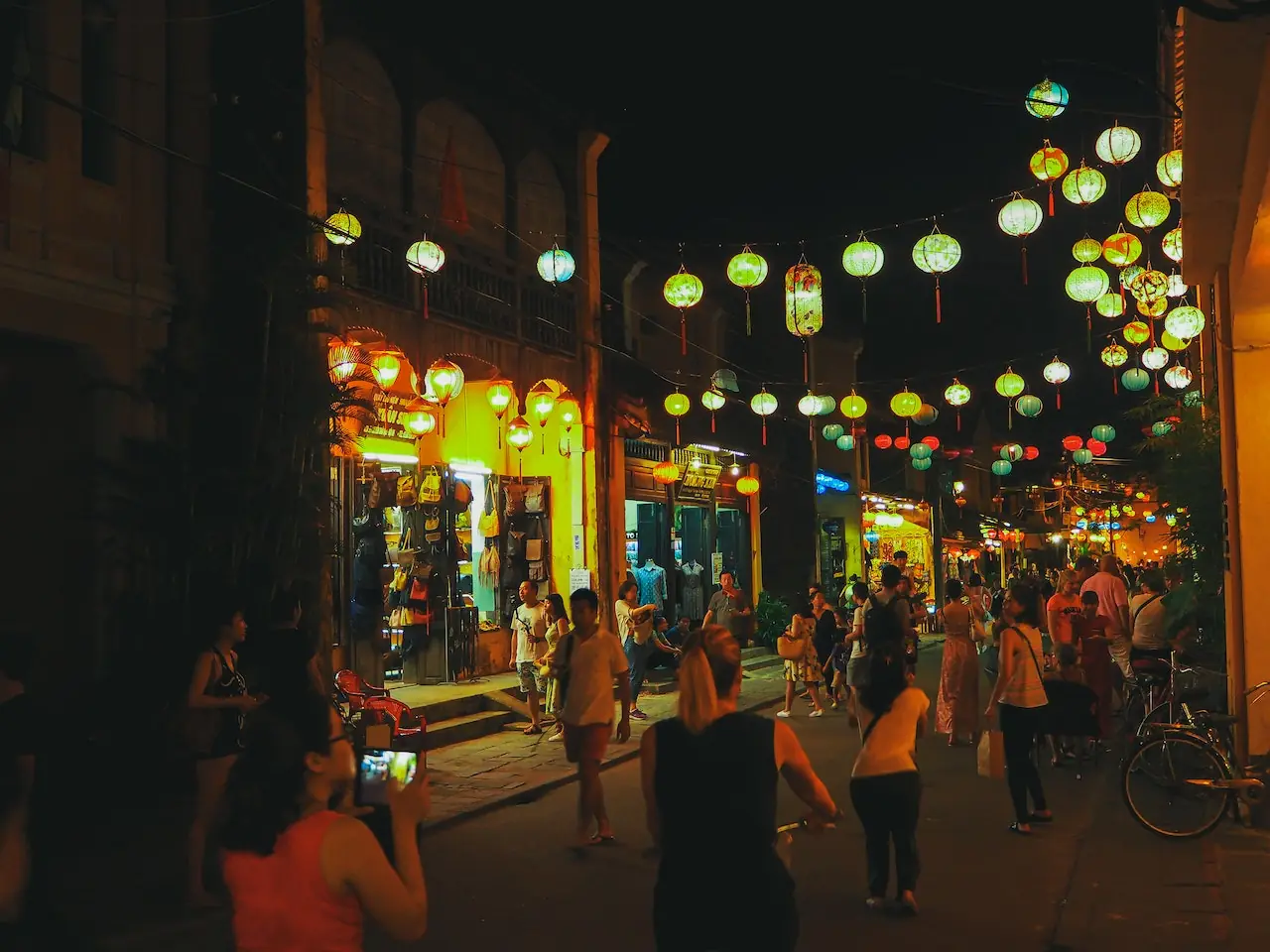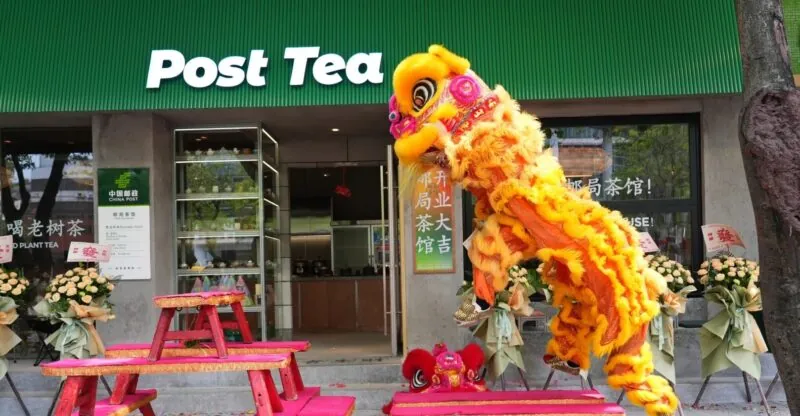This year’s May Day holiday saw many young Chinese walk 30,000 steps a day in an attempt to maximise the short holiday. But as this hardcore travel style, called ‘Special Forces’ tourism, was taking off, an alternative trend has been gaining steam – “Citywalk”.
Unlike Special Forces tourism, where the aim is to hit as many famous spots as possible in the shortest amount of time, Citywalk is more about soaking up the atmosphere of the city. By “roaming” on foot, Citywalkers get away from internet famous hotspots and commercial hubs, instead seeking out interactions with locals, authentic snacks, and a deeper appreciation for the history and culture of the city.
In some cases, Citywalk is much like a food tour, with walkers carefully planning out routes with certain snack spots in mind. Seasoned Citywalkers have hopped on the trend to share their own recommended routes and snack spots via social media, quickly racking up thousands of new subscribers over the past month. The addition of the group chat function to Xiaohongshu (launched in February) means Citywalk fans can chat with an influencer/expert in their city and easily connect with other new Citywalk fans.
On Gen Z trend bible Xiaohongshu, hashtags “Citywalk” and “Day off Citywalk” have 14.2 million and 411.5 million views respectively. An official page dedicated to the trend called “Strolling the Street to Eat Delicious Food” can also be found when searching for Citywalk on the platform. The H5 page recommends snack spots on backstreets in Hangzhou, Chongqing, Chengdu, Tianjin, Changsha, Guiyang and more.
Whilst Citywalk can work as an approach to tourism, most of the trend’s enthusiasts are keen to reconnect with the city they live in. This post-reopening trend sees Gen Z seek pleasure more through connection than consumption and signifies a deep cultural curiosity that goes beyond the Chinese iconography that typifies guochao.









